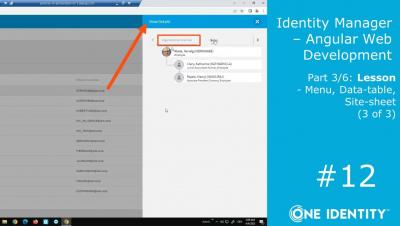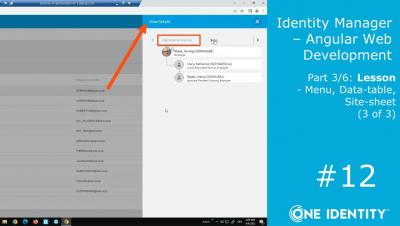Security | Threat Detection | Cyberattacks | DevSecOps | Compliance
Access Management
How to conduct a Privileged Access Management risk assessment
In today's business landscape, organizations rely heavily on digital systems, applications, and webpages for their daily operations. However, with the increasing use of technology comes growing risks of unauthorized access to sensitive information and data.
Identity Manager | Angular Web Development #12 | Modifying the Standard Web Portal #6
Is Privileged Access Management Important for SMBs?
Yes, Privileged Access Management (PAM) is important for Small and Medium-Sized Businesses (SMBs). Any business that has privileged systems and accounts to secure and manage needs a PAM solution. Without a PAM solution in place, businesses are at a greater risk of suffering a cyberattack which can be financially and reputationally devastating. Continue reading to learn more about privileged access management and how it benefits SMBs.
Identity Manager | Angular Web Development #11 | Modifying the Standard Web Portal #5
Best practices for implementing Privileged Access Management
Privileged Access Management (PAM) is a critical component of any organization's cybersecurity strategy. Privileged accounts provide access to the most sensitive data and systems within an organization. As such, it's essential to manage them carefully to prevent unauthorized access, data breaches and cyberattacks. Here are some best practices for implementing PAM in your organization to ensure that your privileged accounts are secure and protected.
Identity security and zero trust at Volksbank
Protecting all your data with identity governance
What Is PAM in Cybersecurity?
Privileged Access Management (PAM) in cybersecurity is how organizations manage and secure access to highly sensitive accounts, systems and data. Without PAM, organizations are at greater risk of a cyberattack impacting privileged accounts. Continue reading to learn more about PAM and its crucial role in cybersecurity.











